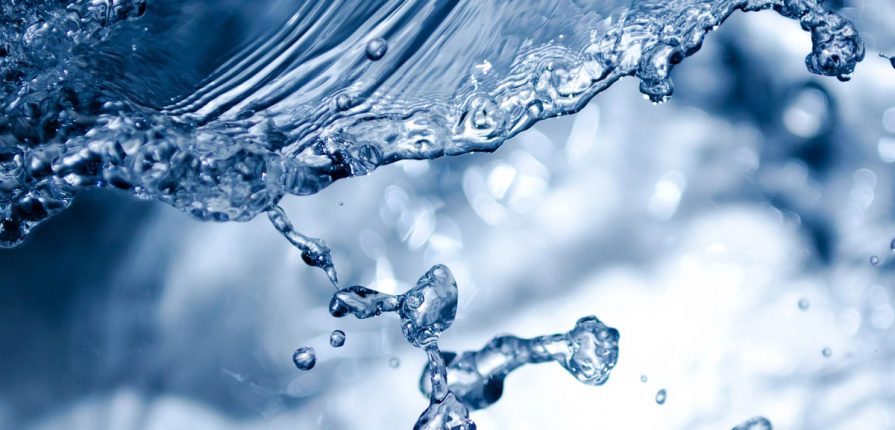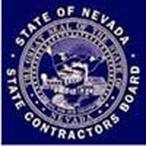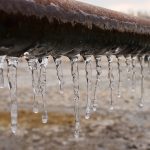The thought of water damage is horrific for any home or business owner. If you have never had to deal with it, then it’s likely that you are not prepared for it. The problem is that often it comes at you without warning. Nevada is dry, but if your electricity goes out during a major storm and your sump pump stops working, your basement can flood. How do you know if your home is susceptible to a burst pipe? Small plumbing leaks, if not known, can turn into a major problem.
You may at first feel overwhelmed and slightly helpless by this destructive force. Thankfully, there are steps that you can take in the event of water damage. Let’s look at some advice on to help prevent further damage and recover as much as possible.
Assess the Situation
Your first step is to pause and try to understand what has happened. There are many reasons that flooding may have occurred, the largest of which is a plumbing leak. Perhaps a tap was left running or the toilet overflowed, but a burst pipe is a different story. You may not be able to identify the problem on your own, but sometimes it’s obvious. You also need to unplug anything electrical to prevent life-threatening injury from electrical shock. If you have flood insurance, before you even start to clean up, you may need to take pictures to document the flooding and inventory items.
Remove the Water
This next step has many parts to it, as it is time to think about what cleanup will look like.
- Get air flowing in the space affected by the water damage. That may mean opening windows for natural airflow or a high-powered industrial fan.
- Mop up or suck up the water. This largely depends on the extent of the flooding, because sometimes towels and mopping will be effective, but you may need a wet/dry shop vac or even a water pump.
Dry out the area affected by water. Once all of the water has been mopped up or sucked up, do as best you can to use towels and continue to dry the area. If walls have been damaged, you may need to cut away affected drywall to prevent mold.
Remove Moisture
Removing moisture can coincide with removing the water. As you have started to get air flowing to dry the flooded area, you can add a humidifier to help further remove moisture. A humidifier absorbs the moisture out of the air, which will expedite drying wood or carpet flooring. You can also use chemical desiccants to absorb moisture from the air.
Sort and Salvage
Depending on the area damaged by water, whether a home, business, or industrial setting, there are a host of objects that may have been affected. This step is about mitigating the damage by assessing what you can save and what needs to be trashed. Mold is a serious risk, and you need to remove sodden objects immediately. Take wet rugs and furniture outside, if possible, or to an area where they can begin to dry. You may not be able to immediately identify if something can be saved, but often the water absorption has been too catastrophic. For small objects, buy time by putting them into a plastic bag and placing them into a frost-free freezer to prevent mold and further damage.
Restore What You Can
After you have determined what can be saved, it’s time to restore. During the restoration process, your main concern is to prevent mold and mildew. If you have carpets, they need to be steam cleaned, and it may need to be done more than once. There are products you can use on other types of floors to disinfect and absorb moisture from the surface. Couches or pillows can be washed, dried and chemically disinfected.
Address any Plumbing Leaks
The best way to recover from water damage would be to fix the cause. Since most often the cause is a plumbing issue, Village Plumbing can be your solution. We can take care of residential and commercial plumbing issues, such as leaky faucets, degenerated plumbing or burst pipes. If you have just finished dealing with it, then it’s likely you never want to deal with it again. Let us help. Contact us for more information or to schedule an appointment.






